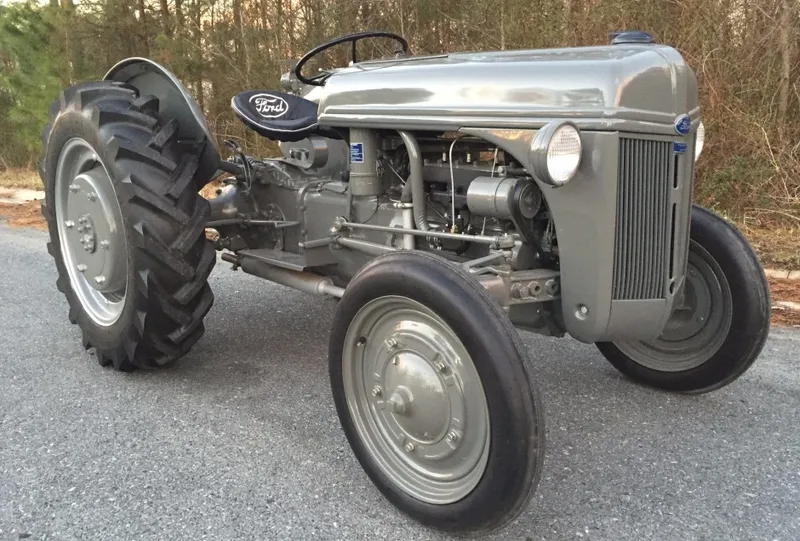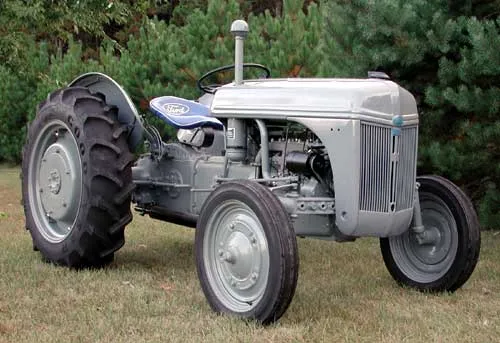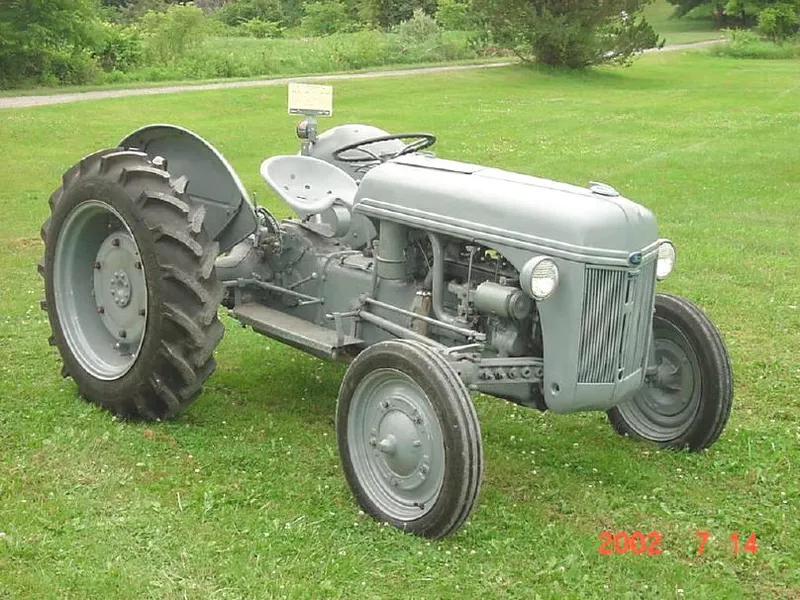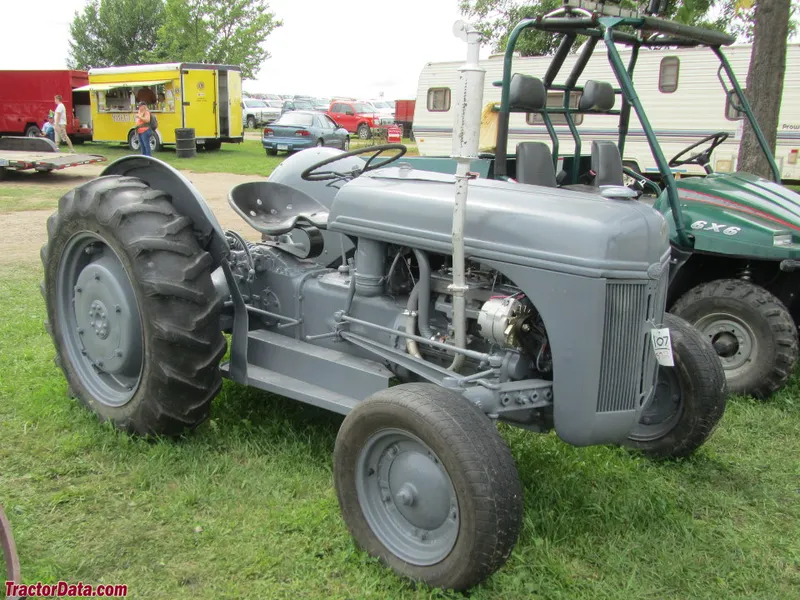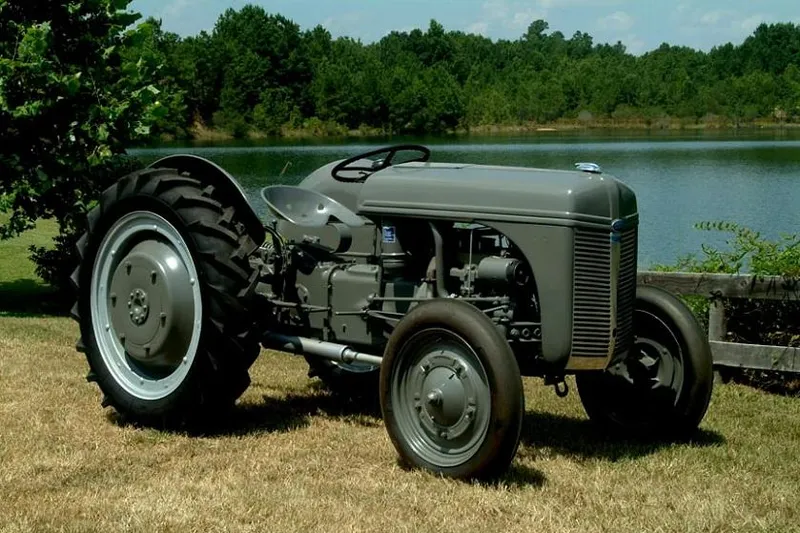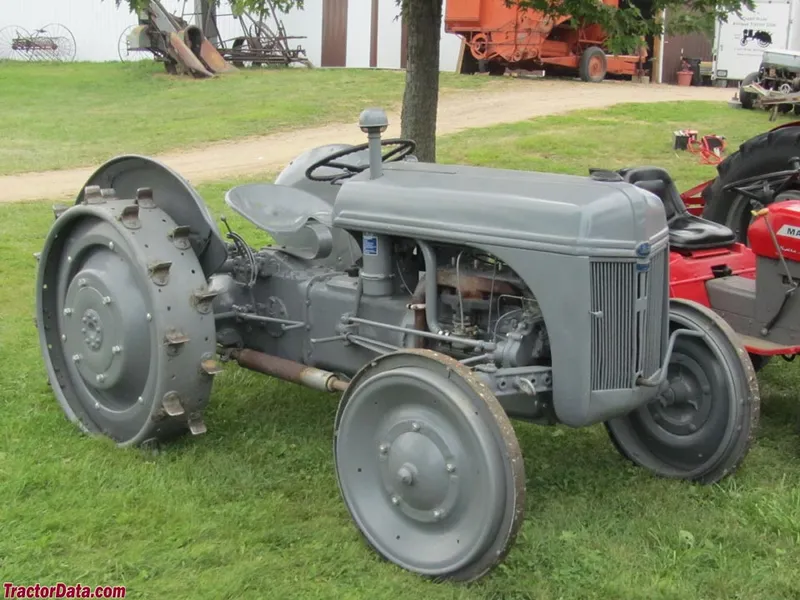
The Ford 2N tractor was a significant model in agricultural history. Here’s an overview:
Introduction: The Ford 2N tractor was introduced by Ford in 1942 as an improved version of the Ford 9N tractor. It was produced during World War II and post-war years.
Design and Features: The Ford 2N carried a 4-cylinder engine and a 3-speed transmission. It featured a 3-point hitch, a pioneering design by Harry Ferguson, which became a standard for tractors worldwide.
Utility: This tractor was primarily designed for small to medium-sized farms, offering versatility in plowing, planting, cultivating, and other general farming tasks.
Improvements: The Ford 2N brought improvements over the 9N, including a larger, more efficient cooling system and improved engine power.
Impact: The 2N model was pivotal in popularizing the 3-point hitch system, providing better control and efficiency in handling implements and attachments, thus revolutionizing tractor functionality.
Enduring Legacy: Even though production ceased after 1947, the Ford 2N remains popular among collectors and small farm owners due to its durability, simplicity, and the innovation it brought to tractor design.
Collectibility: Its historical significance and robust build have made the Ford 2N a sought-after model among tractor enthusiasts and collectors.
The Ford 2N holds a special place in agricultural history for its contributions to tractor technology and its lasting impact on farming practices.


